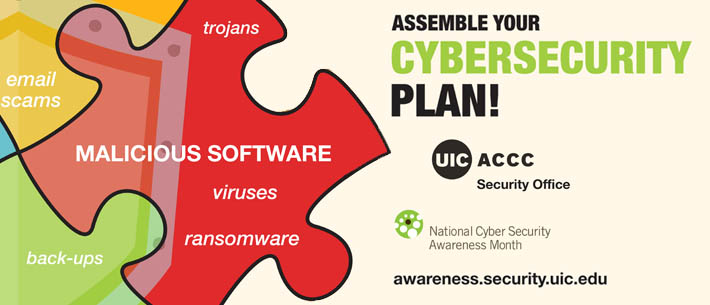Week 2: Malicious Software
Week 2

Ransomware has become a major threat to the security and integrity of computers both at work and at home.
Ransomware is a type of malicious software that encrypts (scrambles) important files on an infected system. The bad software makes the files unreadable, and demands ransom payment to obtain the key to decrypt (unscramble) the files. The ransomware usually gives the user a period of time to pay the ransom before the payment increases or the key is deleted. Without the key, your files become permanently inaccessible.
Ransomware payments are usually asked for in bitcoins, which is an untraceable cryptocurrency, and averages around $1,000 (Cyberscoop 2017). Some cyber-criminals have been known to not release the key after they receive payment and either demand more money or still delete the key (DarkReading 2017). Not only does paying the ransom not guarantee that you will regain access to your files, but it’s also helping encourage more ransomware attacks and cyber-terrorism activities.
NOTE that UIC does not pay ransom to recover keys for ransomware infected computers!
The best way to fight ransomware is to:
- Backup your computer on a regular basis
- Be careful when clicking on links in email.
- Ensure your computer operating system and installed applications are updated regularly.
Having a good backup is critical if your system becomes infected! ACCC offers Crashplan to all current faculty and staff for university devices. CrashPlan suggests using Carbonite for home computers. You can also use external media to backup your data. Whatever solution you choose, it’s important that you routinely verify the integrity of your backup solution by performing test restores to ensure that you can recover your files when disaster strikes.